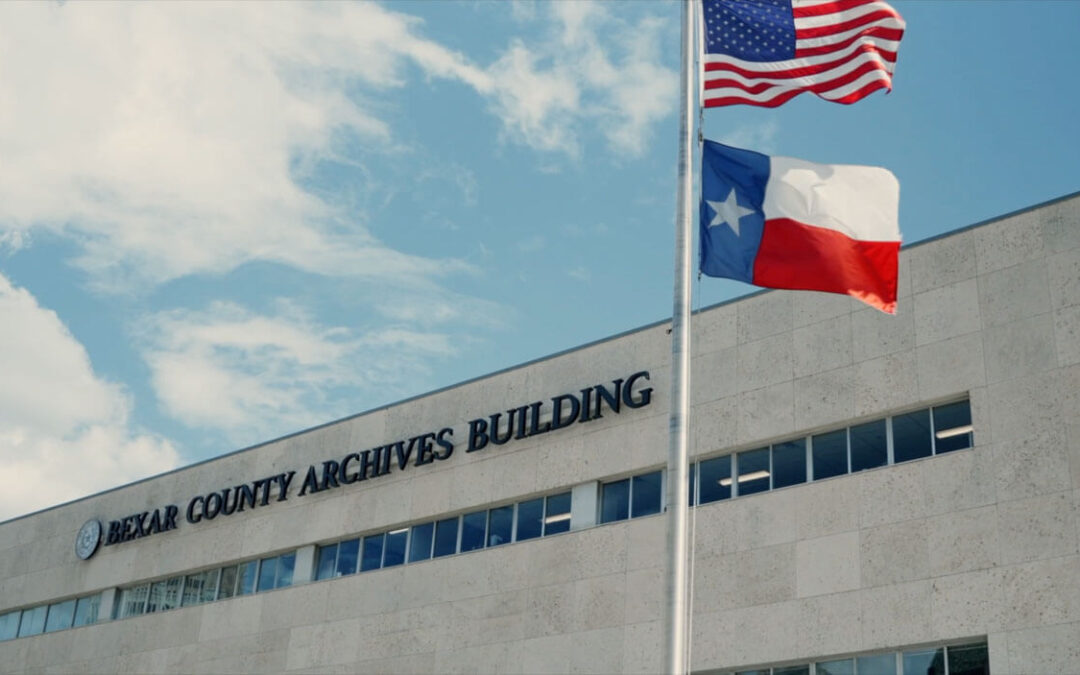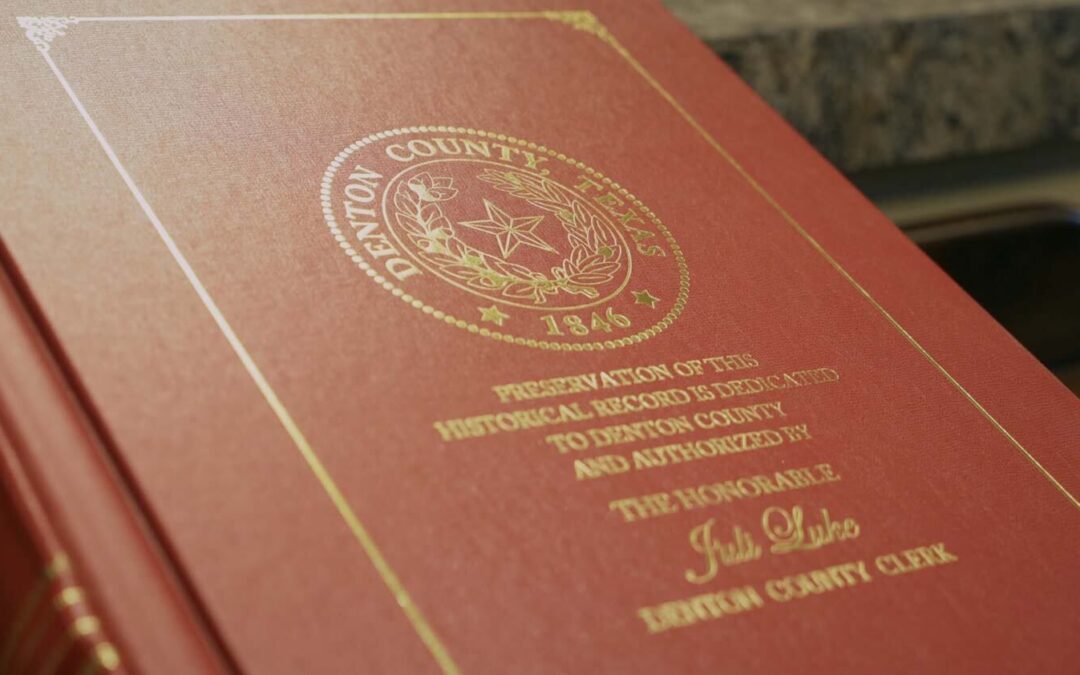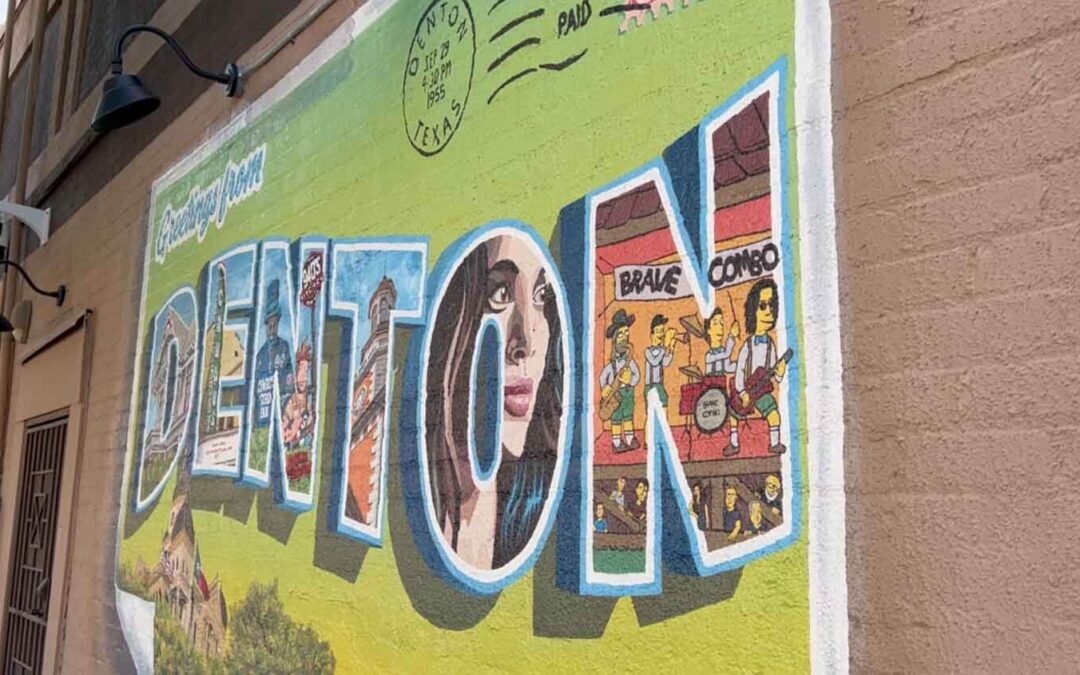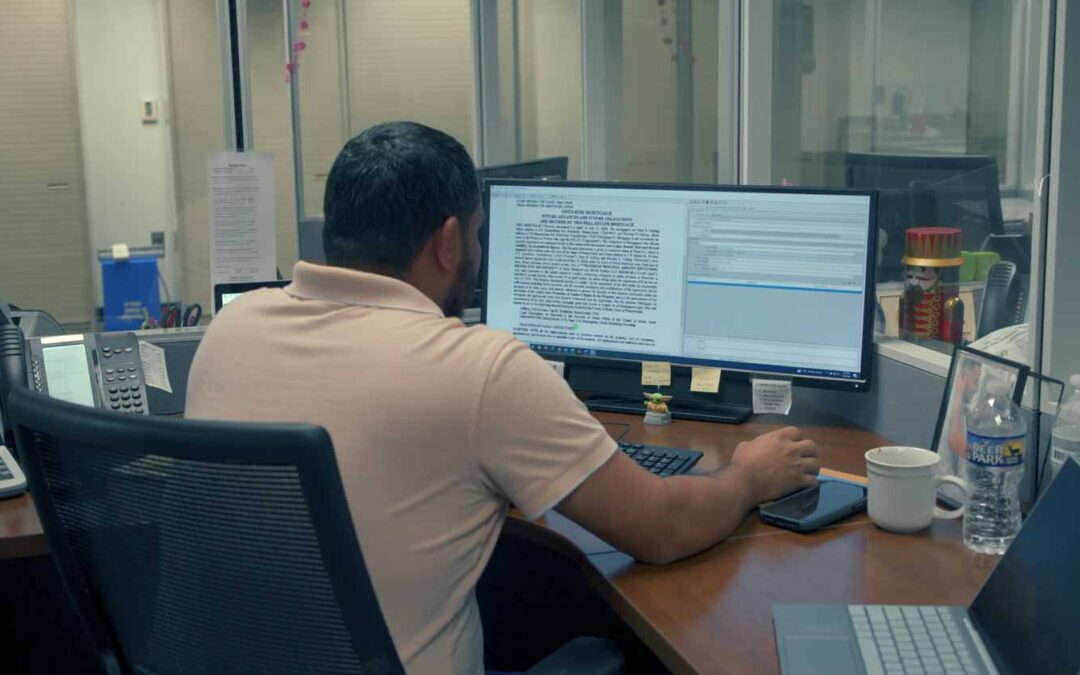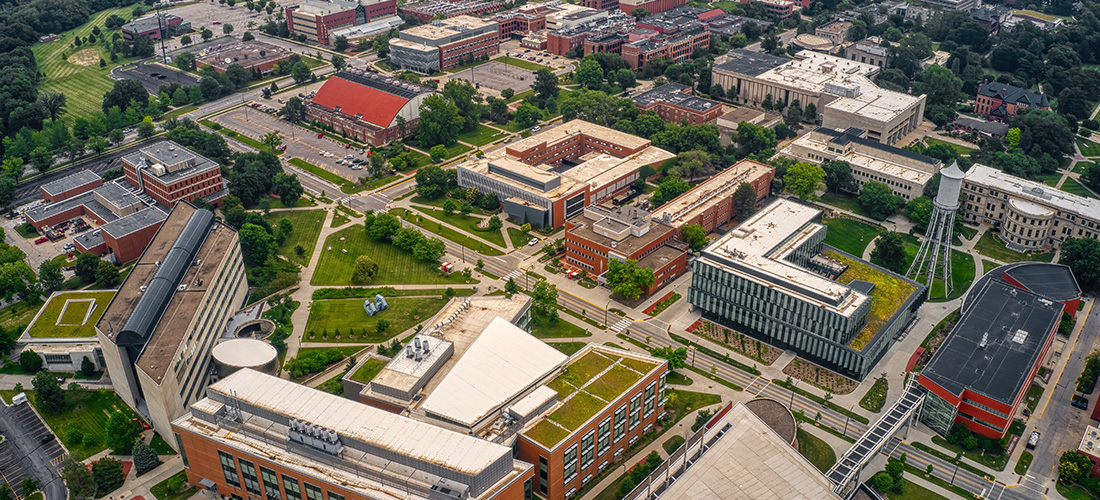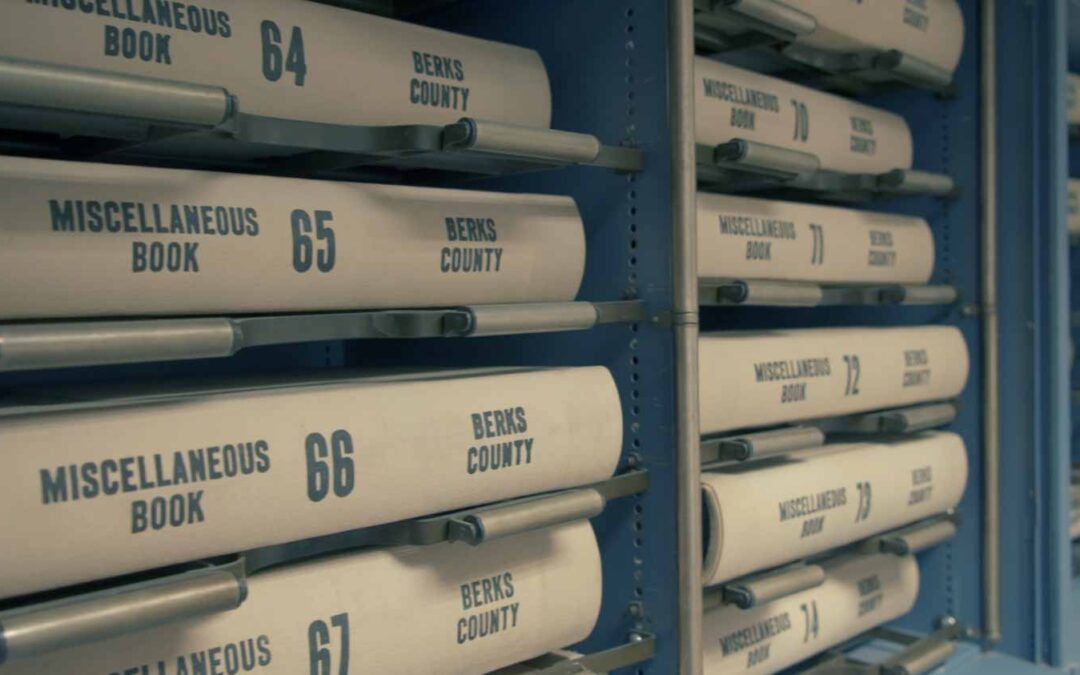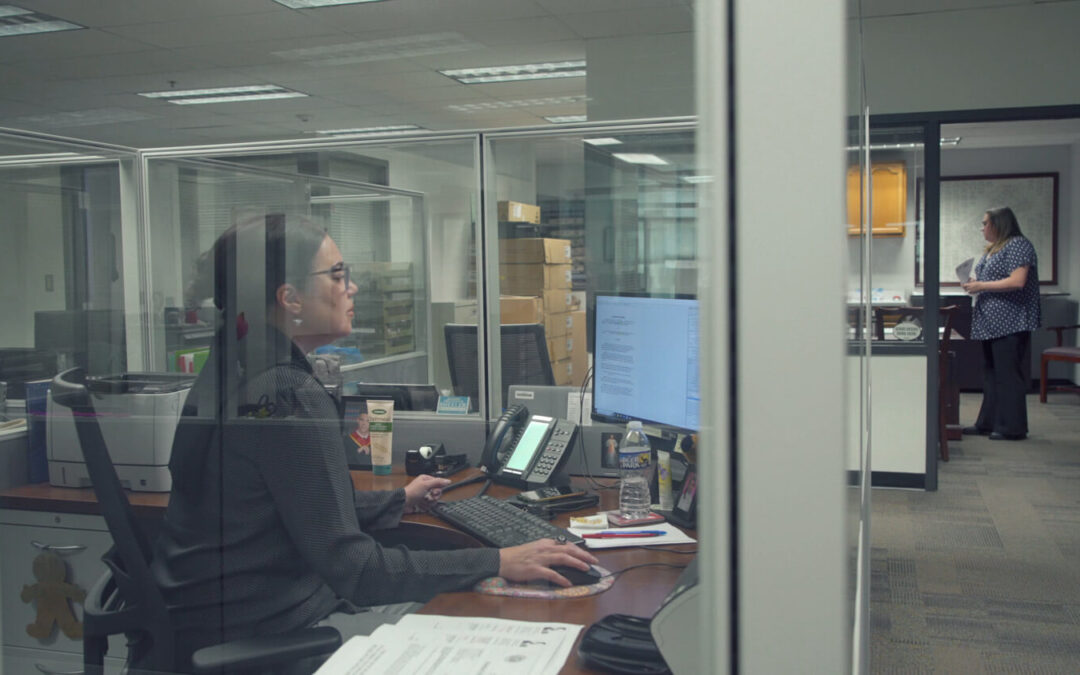Case Study
How the Portland Water Bureau Uses Triggers, Tags and Stages to Help Improve the Efficiency of Online Civic Services
Overview
The automation features in GovOS Application Studio allow government agencies to eliminate manual-intensive tasks and free up employee time to work on more important projects.
Automation in Studio relies on Tags and Stages to act. Any form that is submitted as part of an online service can have a tag or stage applied to it, which can then trigger a subsequent step or steps in a workflow until a form submission reaches the desired end result.
In this interview with Penny Milton, the Residential Water Efficiency Coordinator for the City of Portland Water Bureau, she explains the Triggers, Tags and Stages she set up in Studio to help improve the efficiency of some of her online civic services.
It’s worth noting that, as part of our Utilities Package – or any Studio-based package – our team can work with you to create the tags and stages you need and build your ideal workflows for you, saving you even more time and energy.
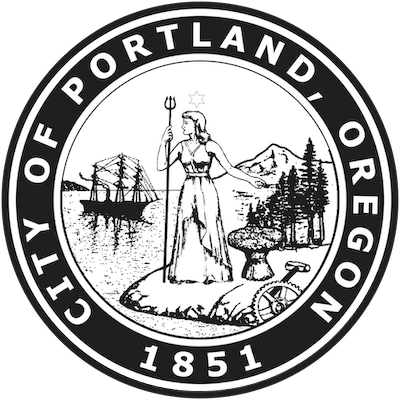
When we interviewed you for our press release on our Triggers feature, you mentioned the workflow you created for the community garden hose nozzle request form. Can you walk us through that?
I was having a conversation with our parks department last spring and realized there were all of these community gardens around the city that don’t have hose nozzles. We really wanted to help these gardens save water, so we asked volunteers to fill out a simple form to allow them to order hose nozzles for free for their garden.
We created a pretty simple form in Studio to collect their information. But, beyond the basics of just collecting some order information, I think of every form as an opportunity to start a relationship with this community member—to start a conversation with them and make sure they know about some of the services that we offer.
So we added a question to the form that asks, “What are you interested in?” and, “How can we get in touch and give you more information?” We also ask them about financial assistance, whether they want to order more devices, or sign up for our newsletter. We look for ways that we can engage with them beyond the initial request.
Prior to using Triggers within Studio, logging these answers and customizing the follow-up was handled by me. And it was very time consuming.
With Triggers though, I can automate the way a submission is tagged based on their responses. I can also automate the email follow-up after submission with information based on how they answered the additional questions. If I want, I could send up to four different emails depending on how they reply. But that seemed overwhelming, so I opted to just send one email with all the information they asked for.
So far, more than half of the volunteers who have submitted the form have asked for more information from us. It’s saving me a lot of time, but it’s helping us better engage with the community.
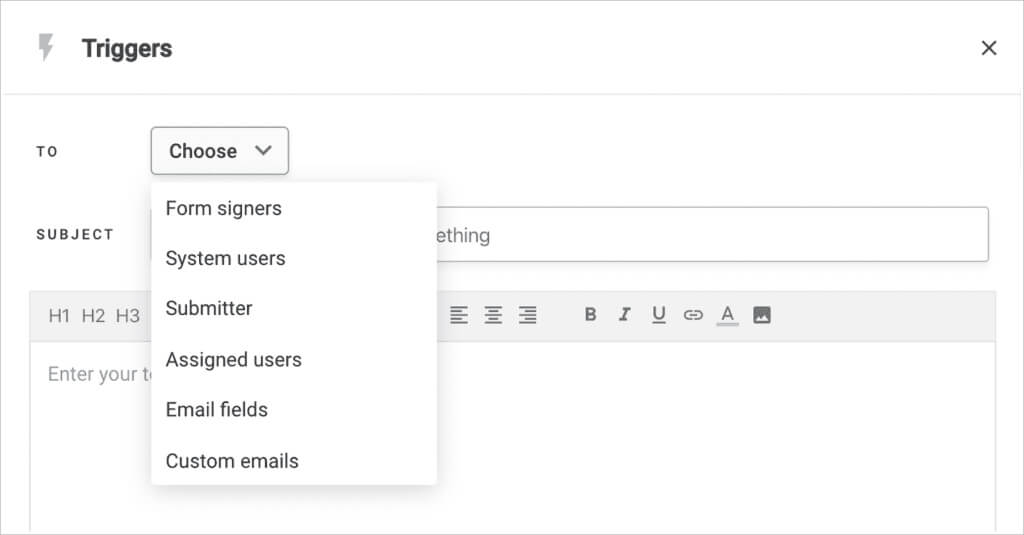
Was there one more example you wanted to show us?
Yes, I tried this on the hose nozzle form and then I was like, “We need to do this on every form!”
We offer toilet rebates and on that form the customer has several things they can ask about follow up for, and then they get an automated email about anything they’ve requested to follow-up.
But what I’m really excited about is, I manage a water leak repair program and it’s a much more complicated application process. In that application there’s an income verification component, and a home ownership verification component. And then we work with three community partners to refer approved applications out to.
So I’m playing around with utilizing Stages right in that form, and it’s a very straightforward system of stages:
- Is it approved?
- Has it been referred to one of our partners?
- Is it complete?
As soon as a Trigger is set up – basically once it’s approved, I can assign it to a staff member, and then once a tag is added, it gets automatically moved into the next stage. It’s basic now, but eventually I want to set up my partners with analyst user logins, so once an application is approved, it would send an email and they can automatically get all the applications that are approved and referred to them, and we won’t have to do any more manual emailing.
I also anticipate automating approval emails that go to customers, so we know right away when they’ve been approved.
All-in-all – we’re starting small but I’m super excited to see what else I can do with Triggers and Stages.
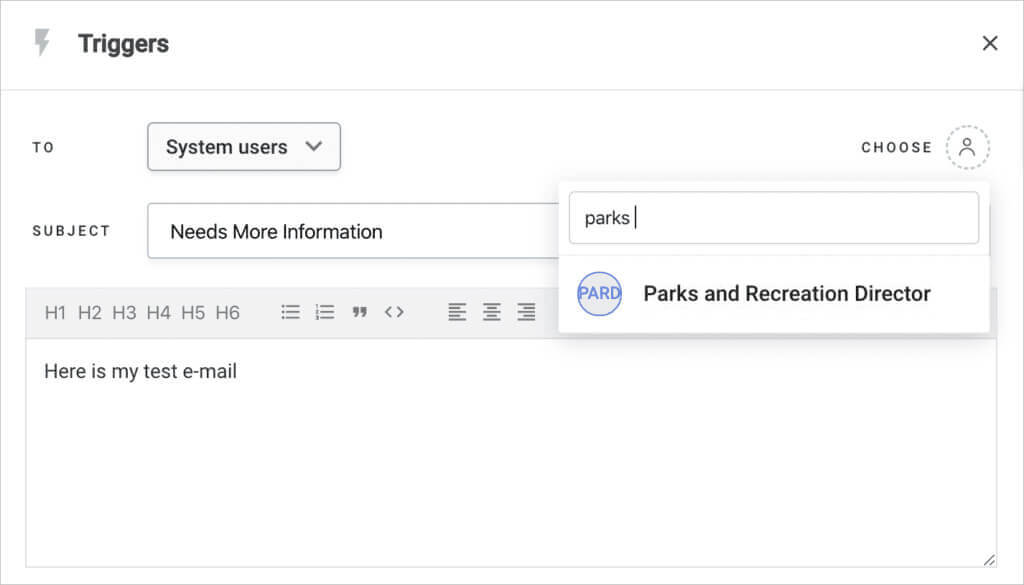
Want to learn more about what GovOS has to offer?
